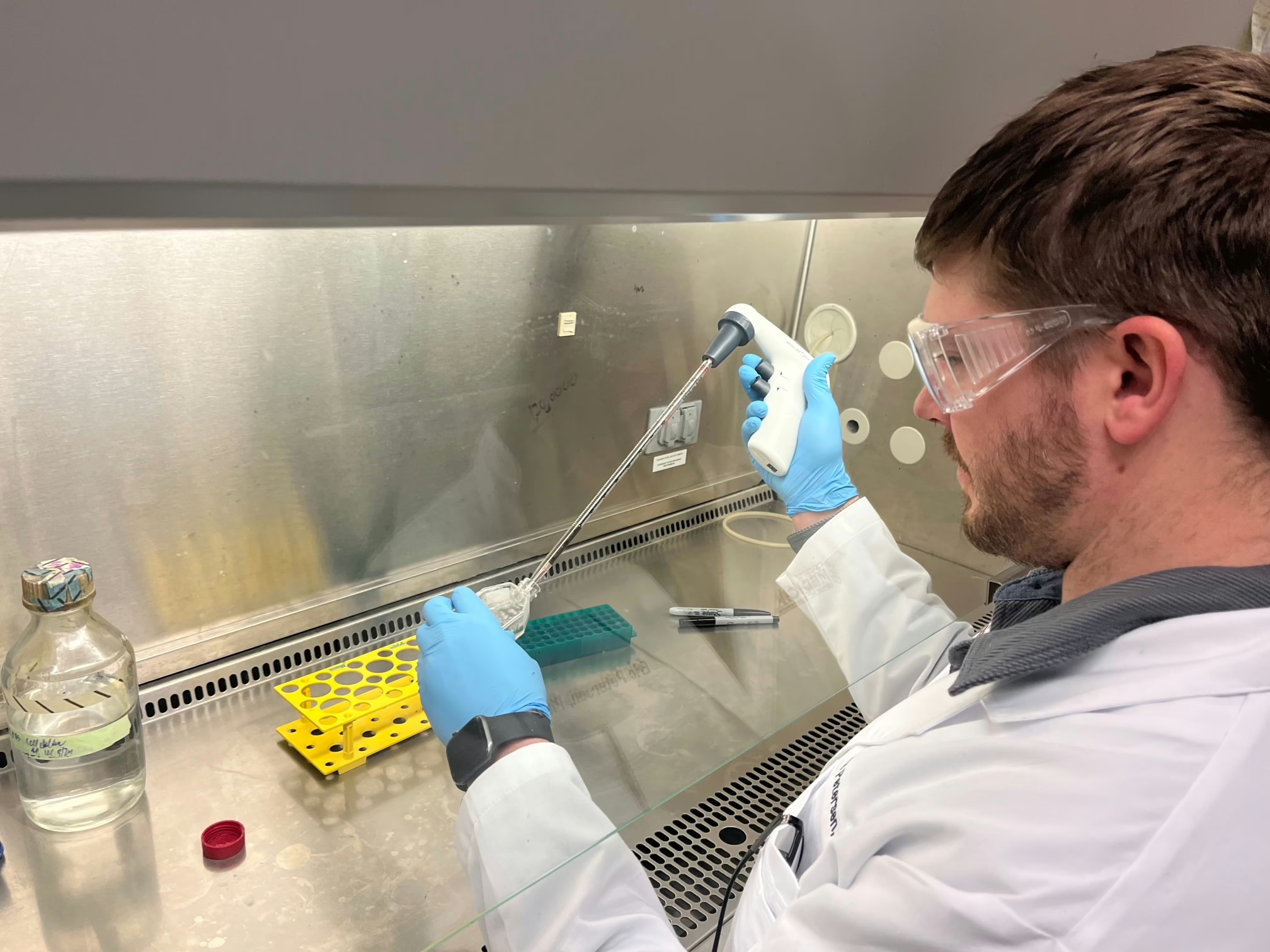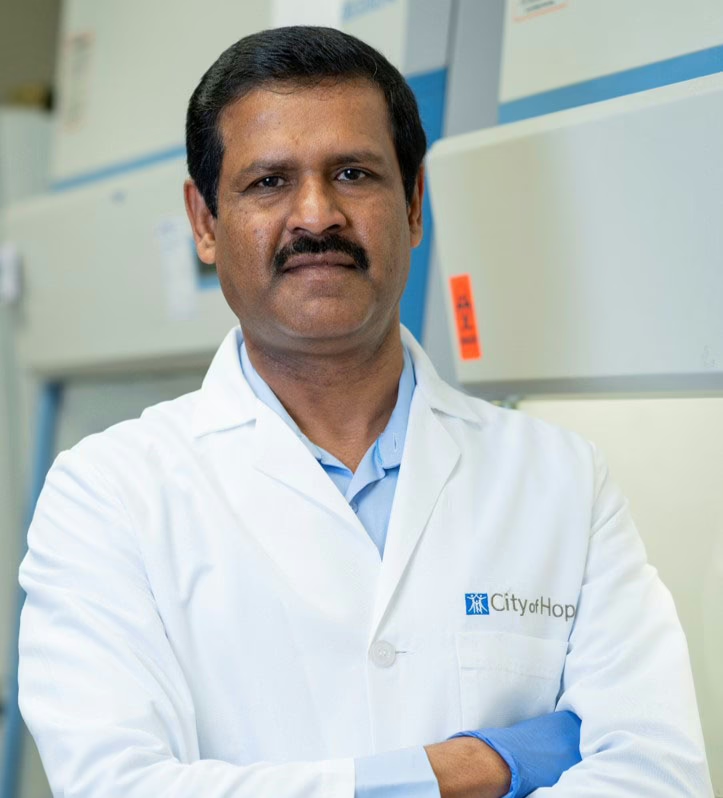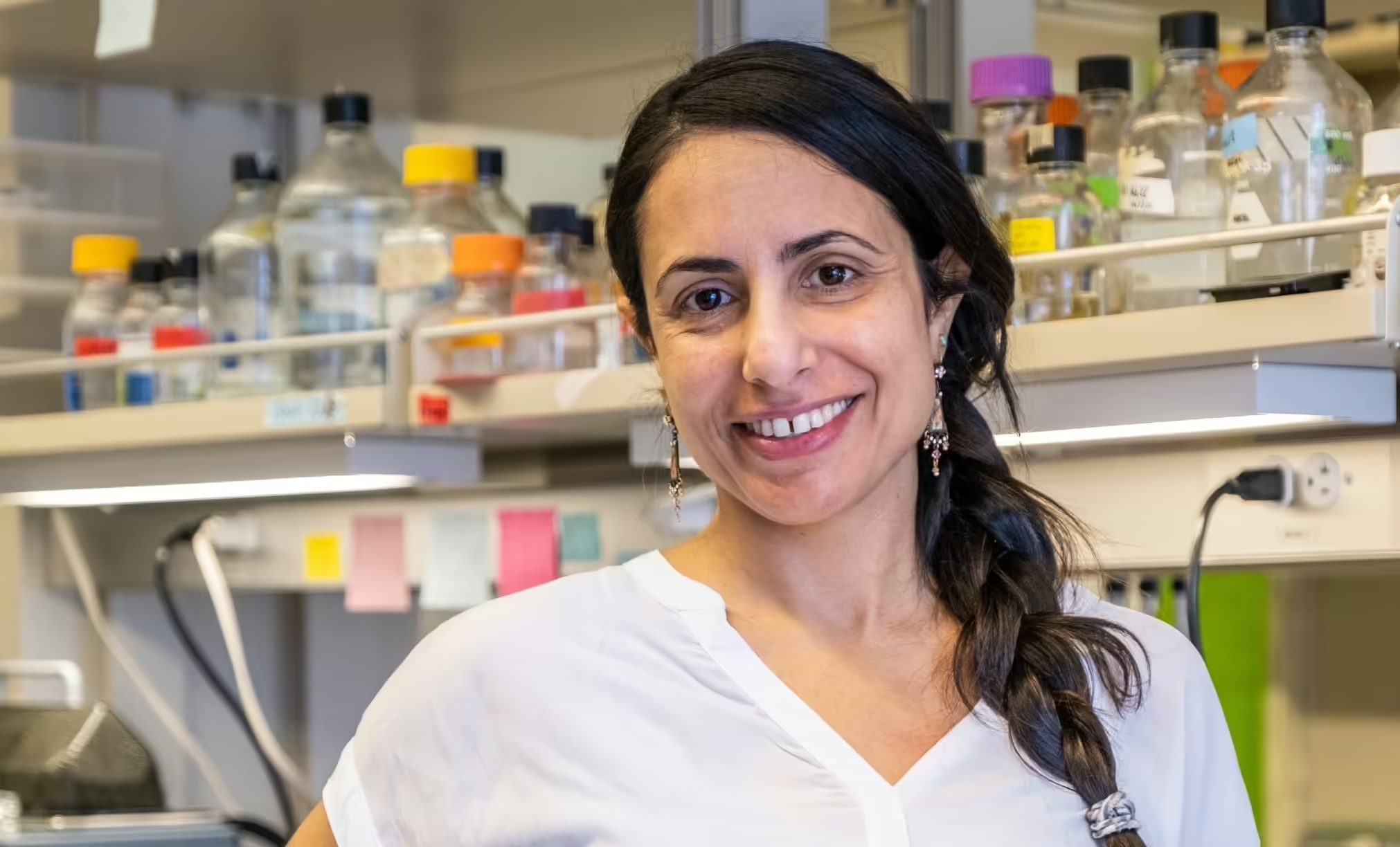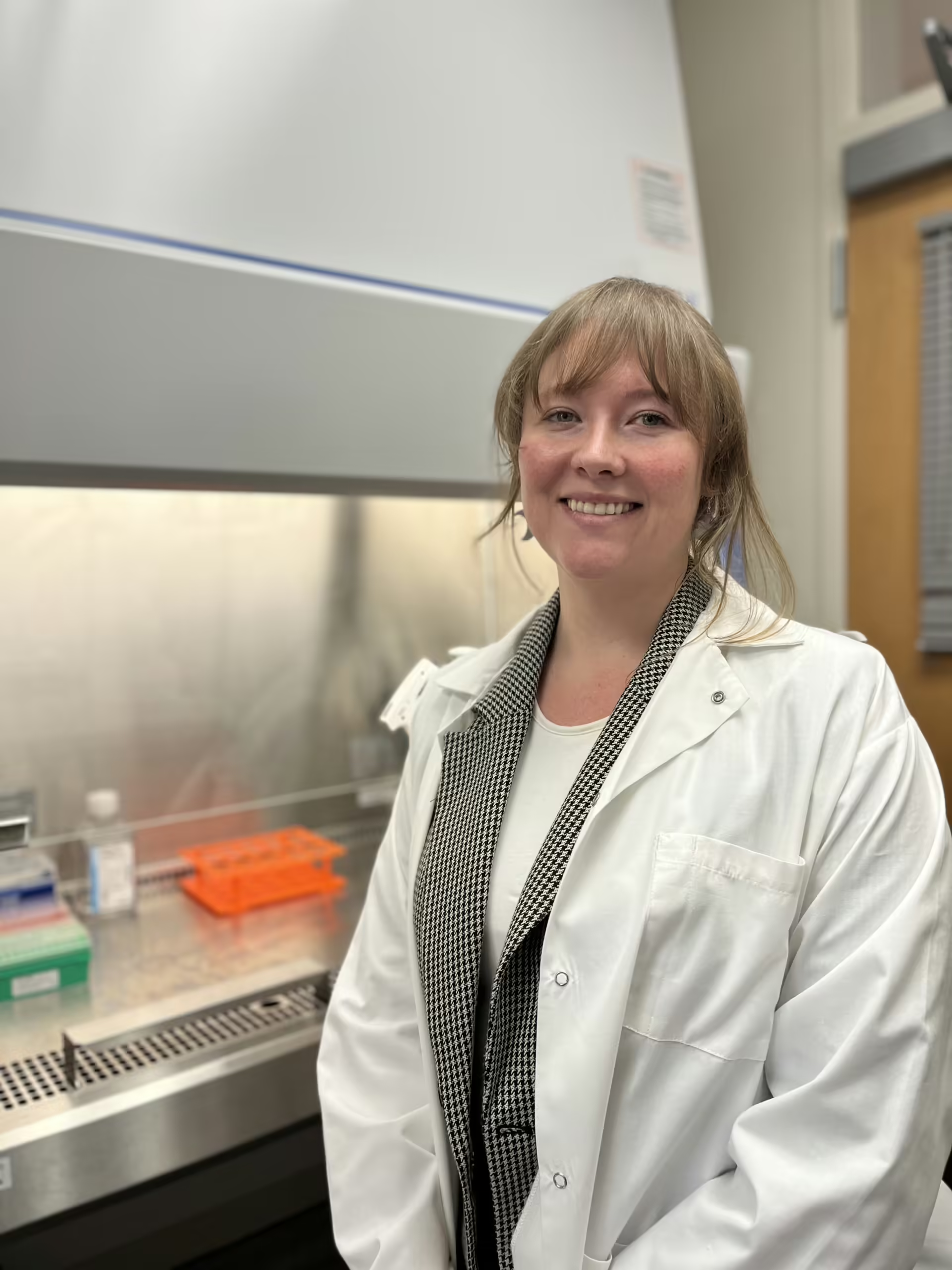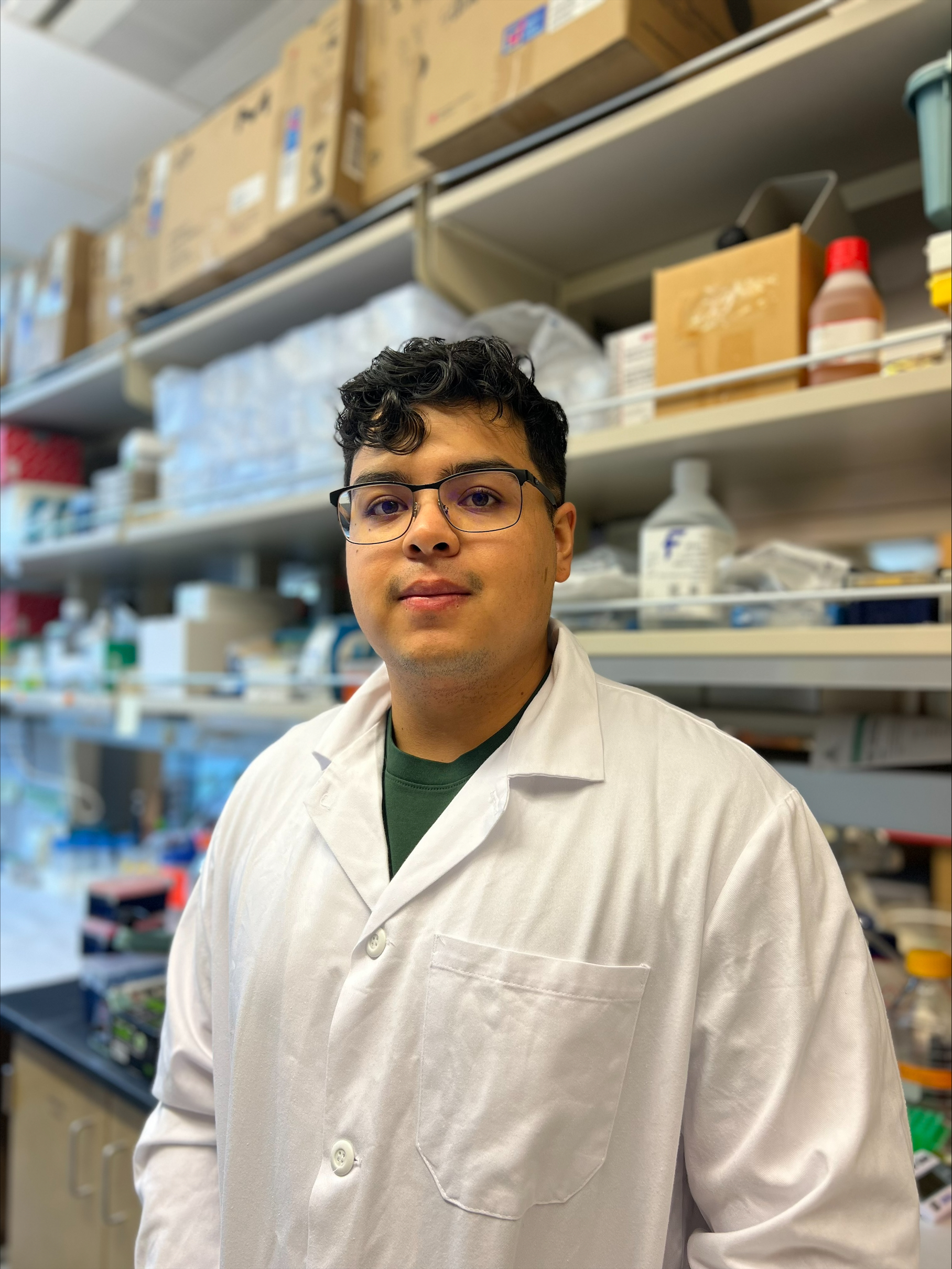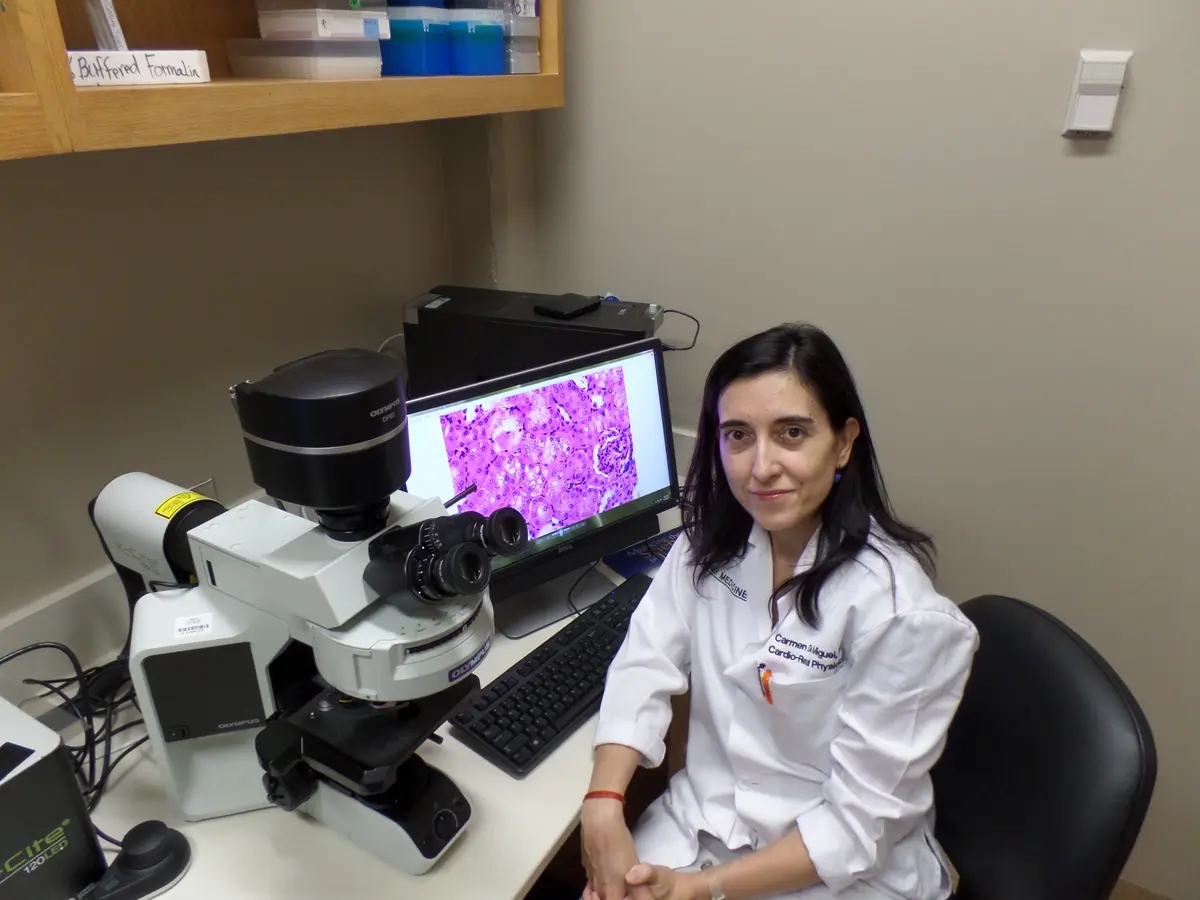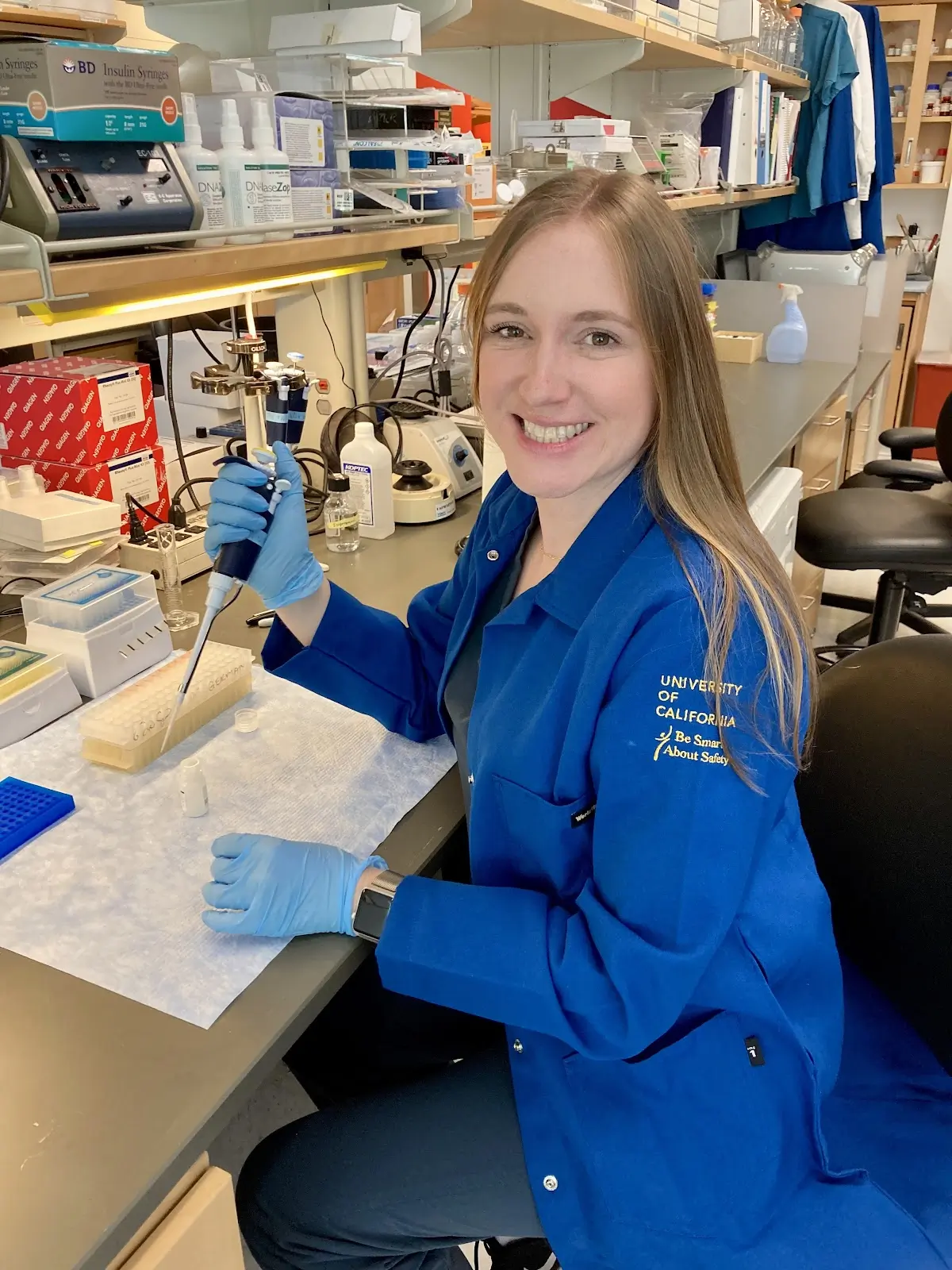Where is she now?
Subhadra Gunawardana, Ph.D., received a pilot and feasibility grant from Washington University and secured additional funding from a private donor to continue her research. Her findings were published in Transplantation Direct titled, “Insulin-Independent Reversal of Type-1 Diabetes Following Transplantation of Adult Brown Adipose Tissue Supplemented With IGF-1.“
Final Project Report
I am happy to report that funding from DRC has enabled successful completion of this project. Our previous research had demonstrated the feasibility of reversing type 1 diabetes (T1D) without insulin in mouse models, through subcutaneous transplantation of embryonic brown adipose tissue (BAT). Euglycemia following BAT transplants is rapid and long-lasting, accompanied by decreased inflammation and regenerated healthy white adipose tissue (WAT).
Read Other Project Updates Here
Project Description
Type 1 diabetes (T1D) is a serious disease affecting 3 million Americans, with over 15,000 children being diagnosed each year (1). Traditional treatments involve insulin replacement, either directly or via islet/pancreas transplantation, and have numerous limitations. Exogenous insulin administration is obviously inconvenient, and can be dangerous due to potentially fatal dips in blood glucose. Pancreas transplantation, the only available long-term remedy, requires major invasive surgery. Islet transplantation is safer but less effective, as patients return to diabetes in the long term. Both islet and pancreas transplantation are limited by the availability of donor tissue and the need for life-long immunosuppression. Thus there is an ongoing need for better therapies.
The ultimate goal in treating T1D is to restore blood glucose control. We recently demonstrated an entirely novel approach to restore normal blood glucose without insulin, thereby avoiding the aforementioned complications. Transplanting healthy embryonic brown adipose tissue (BAT) under the skin of type 1 diabetic mice results in dramatic restoration of glucose control and reversal of diabetes, with no contribution from insulin. While insulin remains low as is typical with T1D, BAT transplant recipients show progressive weight gain and reversal of all clinical signs of diabetes, accompanied by an increase in healthy fat (adipose tissue) content in the body.
Adipose tissue is a versatile endocrine organ which secretes hundreds of hormones affecting all body systems, and exerts a profound influence on blood glucose regulation. Healthy adipose tissue is a powerful asset, which helps improve overall metabolism, maintain normal glucose control and prevent diabetes. Metabolic diseases such as obesity, insulin resistance and diabetes are characterized by inflamed unhealthy adipose tissue, which cannot perform its expected function, produces harmful compounds and impairs glucose regulation.
While insulin is generally necessary to maintain adipose tissue in a healthy state, our research shows that BAT transplantation is a simple and effective alternate technique to replenish healthy adipose tissue and reverse type 1 diabetes. BAT transplants stimulate regeneration of healthy fat in diabetic recipients, and a combination of hormones produced by healthy fat establishes physiological glucose regulation, compensating for the lack of insulin. As the transplants are done under the skin, there is minimal trauma to patients. Once the transplants are successful, glucose control is established by hormones produced from within the body. Thus there is no need for administration of any drugs or hormones from outside.
This technique is proven effective in long-term reversal of T1D in mouse models. To customize it for human patients, it is necessary to find suitable alternatives for embryonic tissue which is currently not practical for human use. Potential alternatives such as adult BAT or BAT stem cells cannot reverse diabetes like embryonic BAT does, most likely due to the lack of various growth factors abundant in embryonic tissue. We hypothesize that provision of specific growth factors would enable adult BAT to behave like embryonic BAT, replenish healthy adipose tissue in recipients and reverse diabetes. Thus we propose to perform transplants with adult BAT, with temporary administration of specific embryonic growth factors, which we hope would enable the transplants to replenish healthy fat and reverse T1D.
If successful, this approach will provide a cure for T1D. Even if not viable as a single treatment for T1D, utilizing BAT transplants as part of an insulin therapy regimen would provide glucose control with less intervention by patients, thus eliminating problems with insulin mono-therapy such as dangerous dips in blood glucose. It should be emphasized that this approach does not require regular administration any drugs or individual hormones, and would thus avoid the many inherent difficulties with such therapies.


